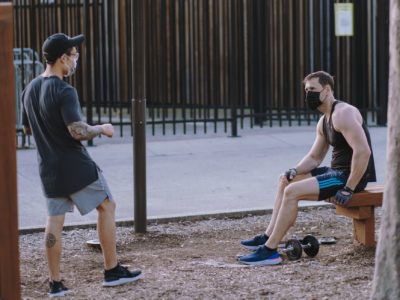After the first case of coronavirus in the United States appeared in March 2020, we face one of the greatest challenges: getting back to normality. Despite knowing the world will not go back to normal, people living in the U.S. and overseas try to continue their lives by following safety guidelines from the Centers for Disease Control and Prevention (CDC). As summer comes to an end, students enrolled in American institutions nationwide struggle to get back to school. Typical concerns, like paying tuition and choosing a suitable class schedule, flood student’s minds each semester, but now most of them feel ambiguity towards a school year under this new reality. While some students feel comfortable taking in-person classes, others fear contracting the virus at their college or university. For those fearing the start of the semester, do not be afraid!
Read on for some guidelines for surviving on campus under the coronavirus pandemic.
1. Do Not Be Afraid!
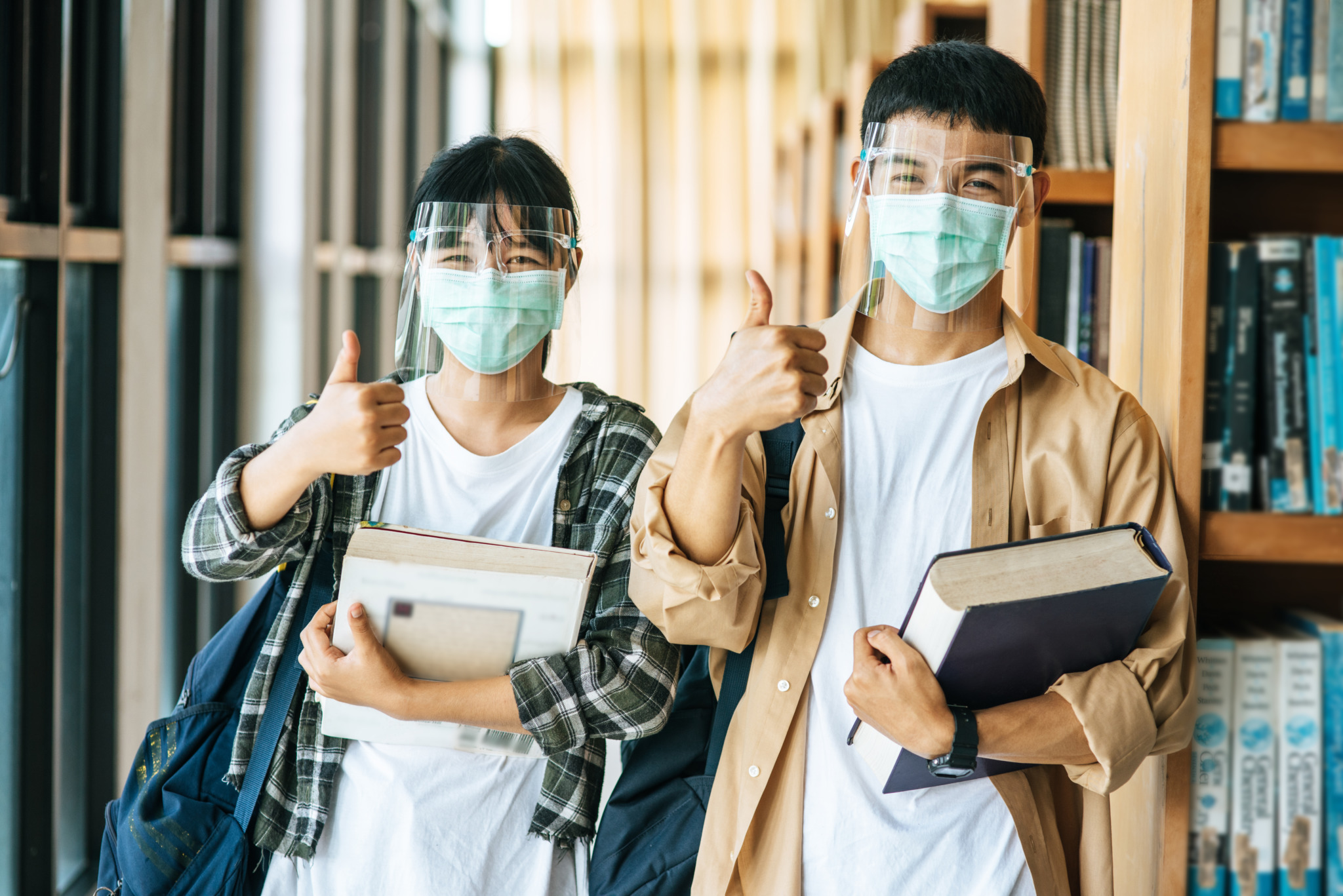
Terror: how most students will feel as the semester approaches. COVID-19 showed the world the ease in which the virus infects people, causing both hysteria and fear among students and parents who must send them back to school. Students, knowing they study with a virus in the air, adds extra stress, transforming their college experience from prolific to unpleasant. Even though some students feel prepared for a new semester under extra-ordinary conditions, the only option left relies on trusting the safety measures established by their college or university.
However, how can fear of COVID-19 really affect students after the school year kick-off? “I think that studying in campus amid a pandemic is not safe enough because as a student I feel that the classes are less interactive and enjoyable,” Montgomery College junior Gustavo Martinez said. Distress can hinder the students’ study time since they keep studying while thinking about the virus. Students may also constantly think about COVID-19 due to the information they hear in the media. Organize yourself, maintain your self-awareness and enjoy the school year as best as possible. Who knows, maybe you will meet new friends, start a romantic relationship or enroll in exciting classes. A year like no other, but a semester like any other!
2. Know Your Options

As of July 2020, the United States hosts the greatest number of deaths and infections from COVID-19 globally, according to the CDC. Therefore, most students gave up on the possibility of going into classrooms in an attempt to not expose themselves to the virus. “Just the thought of having in-person lectures during these times of uncertainty seems a bit crazy to me. However, if this were to happen, I would expect that my university is following all the guidelines and enforcing these guidelines as well. People might agree to wear a mask and maintain social distancing, yet this might not be the case when the class actually starts,” University of Baltimore student Cristina Pereira said. Follow what you agreed to and what your college decided on when it comes to upcoming COVID-19 procedures.
Before the semester starts, put yourself in the worst of situations, where all your classes host in-person instruction. Then, check whether any of your classes offer a blended learning experience. Usually, instructors from a course let their students know about any important changes from a course before it starts. If by chance one of your courses involves in-person instruction, look for a desk where the distance between chairs respects social distancing measures.
3. Get Tested

The ease of how COVID-19 can get into someone’s system terrifies the public. By touching one object, like a glass, a book or a table, a person can become infected. Symptoms show either from the moment someone gets the virus, or they don’t show up at all. In other words, the person infected becomes asymptomatic, carrying the virus around without knowing it. As a result, asymptomatic people may infect others unintentionally, which result in a quick escalation in cases and even deaths. Therefore, check at your university or college if their health center distributes a COVID-19 test.
Make sure that regardless of where you decide to stay for the upcoming semesters, that you keep track of who you come into contact with. “If they are staying in campus housing and come from hotspot areas, they should quarantine,” Marymount Manhattan College graduate Marcia Vidal said. “This is a health matter, and without having the peace of mind, we will face the spread of the deadly virus and put everyone at risk.” If you think you may present any of the virus symptoms, contact your college or university as soon as possible and get tested before the semester starts. This way, you not only ensure other people’s safety but for yours as well.
4. Wear a Mask
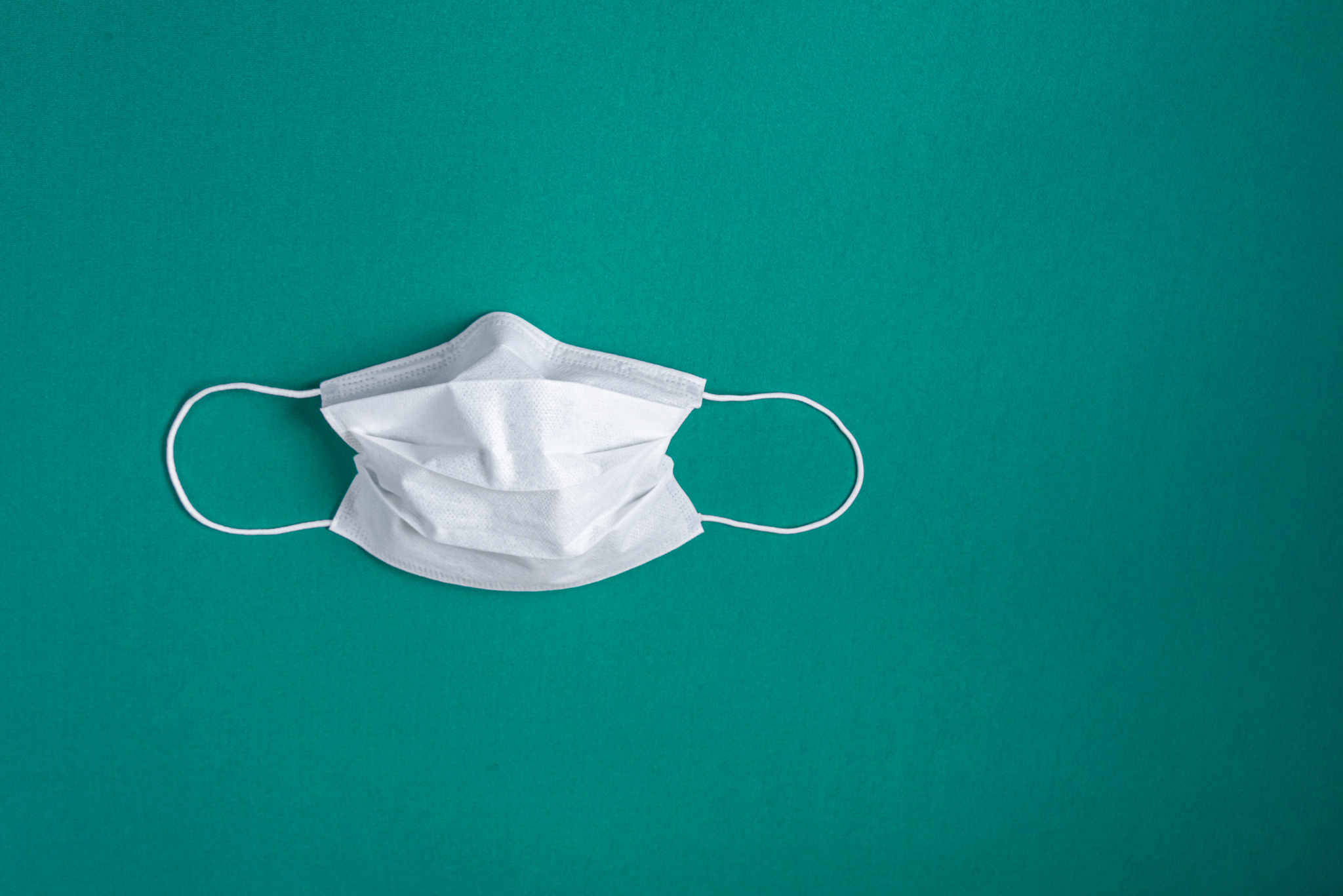
Masks became part of the “new normal” since the first COVID-19 death in early March 2020. Nowadays, a mask resembles an extra limb of your body. Most places and public government entities demand their citizens to wear one, however; in the United States, the use of masks turned more into a political issue rather than a health concern. People from several states, like Georgia, see the use of masks as a “violation against constitutional liberty,” appealing to a right versus left political agenda.
Remember that many have lost close family and friends to this virus. “Wearing a mask can help save lives, and those who do not wear a mask are being ignorant of others. If it’s the law, all those who disobey a law must receive a punishment,” University of Maryland graduate Eliu Barahona said. Depictions from the media and social networks, like Facebook or Twitter, make students question themselves about the use of masks and whether they should use it. Before the pandemic, we saw the use of masks in countries like China or Japan. Now, wearing masks became part of the so-called “new normal” because they help prevent the spread of the disease by those with the virus. In other words, masks protect others from you, not you from others.
5. Know the Facts
The Internet and the media make all types of information available to the public. However, this does not mean that all information online is true. During the pandemic, videos and audios from people who do not believe in the virus or protesting CDC guidelines became a norm. As a result, doubt and uncertainty clouded young people’s minds, especially students. Despite the number of deaths and infections in the U.S. and overseas, anti-mask protestors depict COVID-19 as a “manipulation” or an “intentionally created virus.”
As a student, you hear some arguments from people who do not use masks or do not carry out social distancing. Therefore, your responsibility relies on whether to identify the fallacy of these statements, which became popular due to the videos from protestors against COVID-19. Know how to answer popular statements people say against COVID-19, masks or social distancing measures.
“I have a medical condition that does not allow me to wear a mask.”
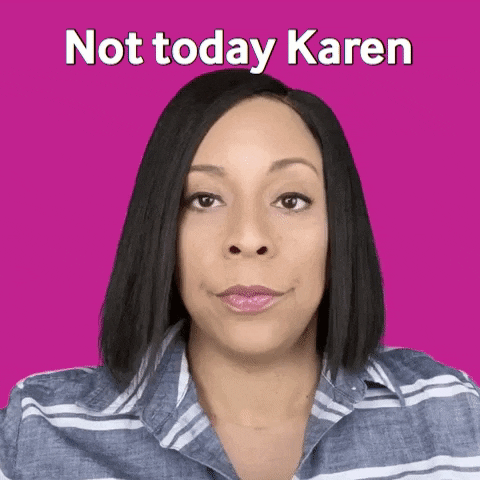
Let’s be honest here: doctors will never encourage people not to wear masks. On the contrary, if people feel sick, they ought to wear one for not spreading their “medical condition.” The CDC suggests children under the age of two or anyone who is unconscious or incapacitated to remove the mask without assistance, should not wear a mask. When you hear people repeat such an overused statement, ask them specifically which “medical condition” they suffer from. If they refuse to disclose that information, then they simply don’t have an excuse to not wear a mask.
“I don’t want to be controlled by the government.”
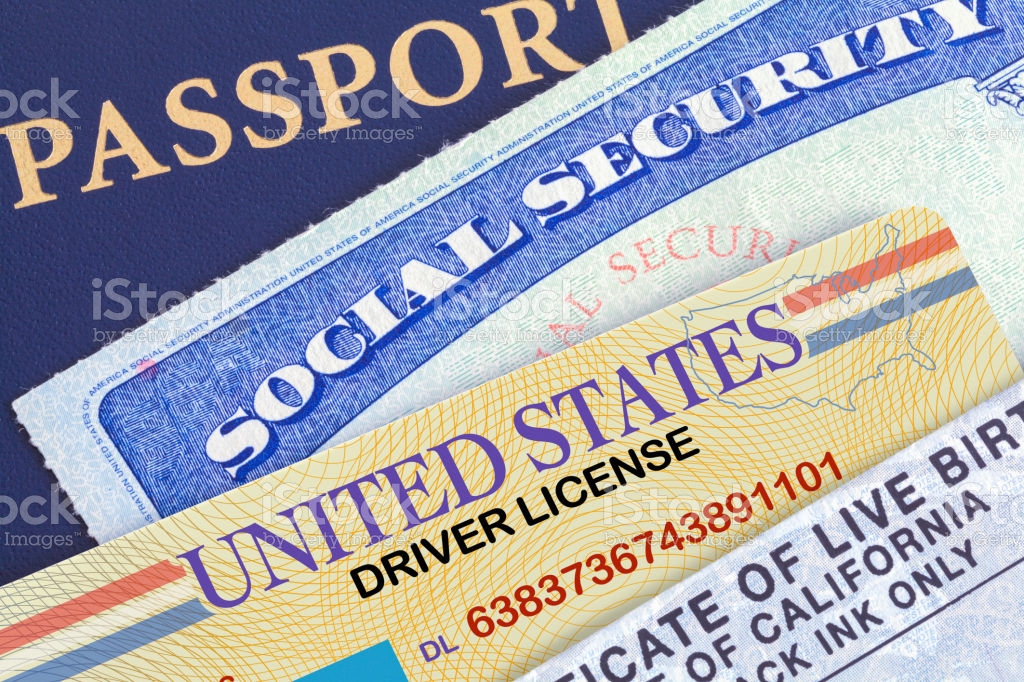
Sure, as if the government did not control the citizenry via birth certificates, health insurance, driver’s license, taxing or other means of identification. By wearing a mask and staying six feet apart from others, governments strive to keep citizens as safe as possible. If people wear masks and believe in all the harm COVID-19 caused to the country, it is because of their own safety and that of their families and friends, not because of them being “sheeps” or “following the new trend.”
“There is a 99.9% survival rate.”
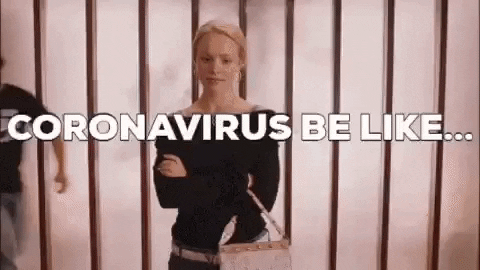
Yes, most COVID-19 victims belong to a risk group, usually formed by people age 65 or older, while younger people tend have less risks due to their stronger immune system. However, an immune system does not guarantee full immunity to the virus. Recently, a seven-year-old boy became the youngest victim of COVID-19 in the state of Georgia. Of course, the survival rate among kids surely surpasses older people’s rates. Nevertheless, teenagers and children who get infected can unintentionally carry the virus to their residences, where their mother, father and even grandparents live. In short, the virus may not affect you, but it may affect your loved ones.
“By wearing a mask, they take our freedom away.”
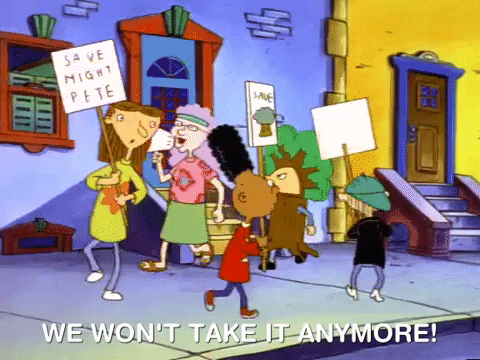
This claim is a common argument used by anti-maskers, complaining about a violation of their constitutional rights and their freedom. As a student, remember the First Amendment of the U.S. Constitution states: “Congress shall make no law respecting an establishment of religion, or prohibiting the free exercise thereof; or abridging the freedom of speech, or of the press; or the right of the people peaceably to assemble, and to petition the Government for a redress of grievances.” However, people who use the First Amendment as an argument against the use of masks commit a series of red herring fallacies. In other words, they tend to falsely use the First Amendment as the reason why they don’t use face coverings, shifting a health issue into a political one.
“A mask does not protect me.”
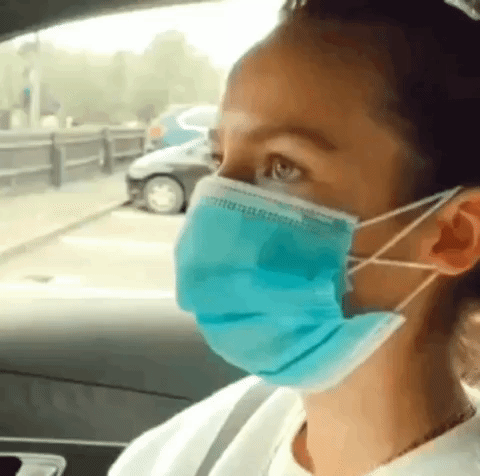
Perhaps the only statement holding some truth on it. Of course, masks do not protect you, they protect others from you. As the CDC says, masks most likely reduce the spread of COVID-19 when widely used by people in public settings. Therefore, if all people use masks in a public setting like a restaurant or an amusement park, then the virus will not find any hosts. Hence, the risk of airborne infection shall decrease drastically.
“There’s no real pandemic. Media exaggerates the situation.”

Media exaggerates everything. Exaggeration encourages people to consume media, regardless of what’s being reported. However, how can the media “exaggerate” the pandemic if millions of American families suffered from losing their loved ones? How would those families’ victims feel if they hear other people underestimating COVID-19’s effects? Before questioning the media’s role or dogmatic beliefs, show gratitude of your healthy family members and friends. Before you make the pandemic political, think about all the people who died because they didn’t wear a mask or social distance.
As human beings, we can confront and beat this virus by rowing our boat in one direction. Regardless of politics, social stratum, economic condition or nationality, COVID-19 changed our lives inconceivably.

